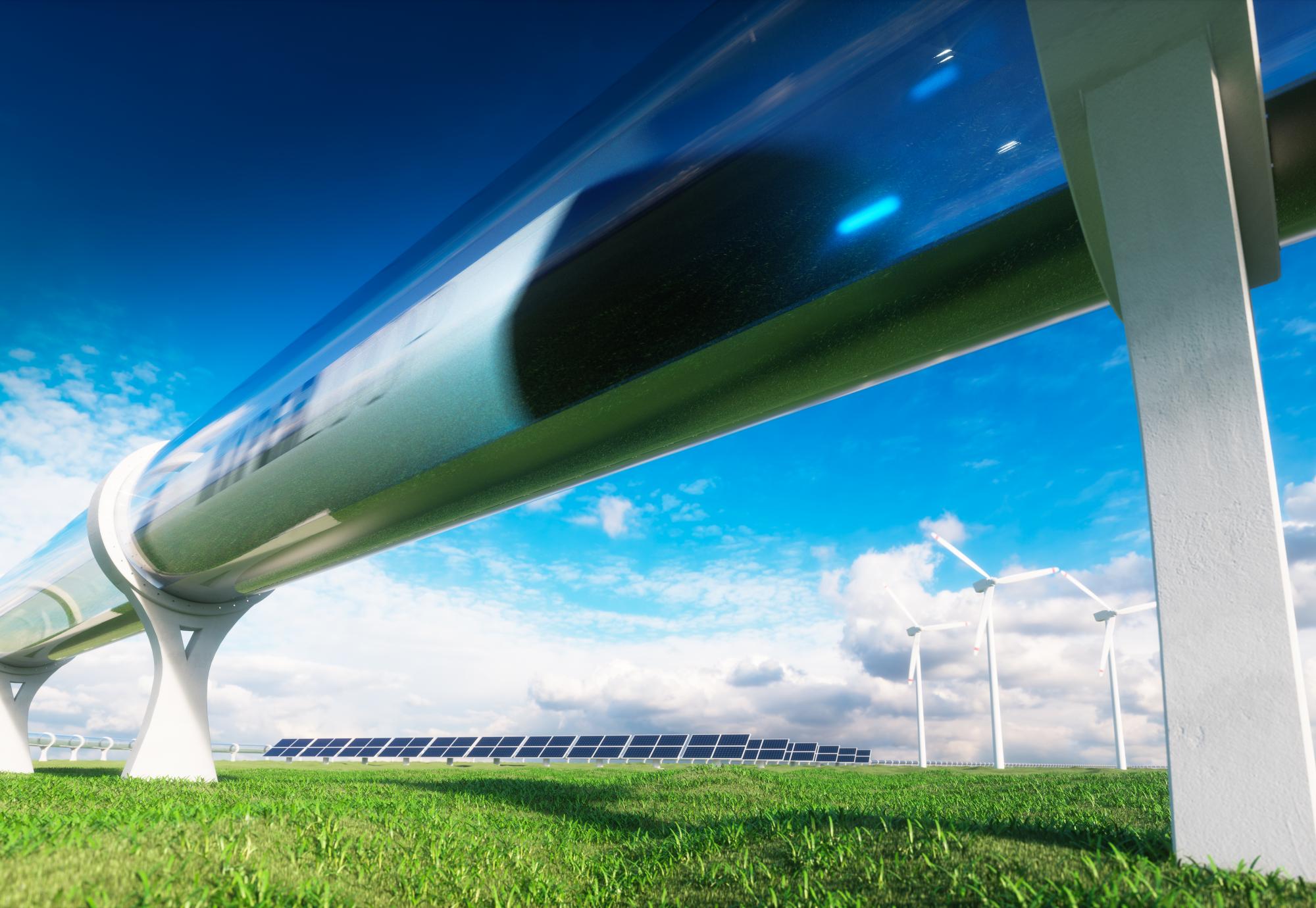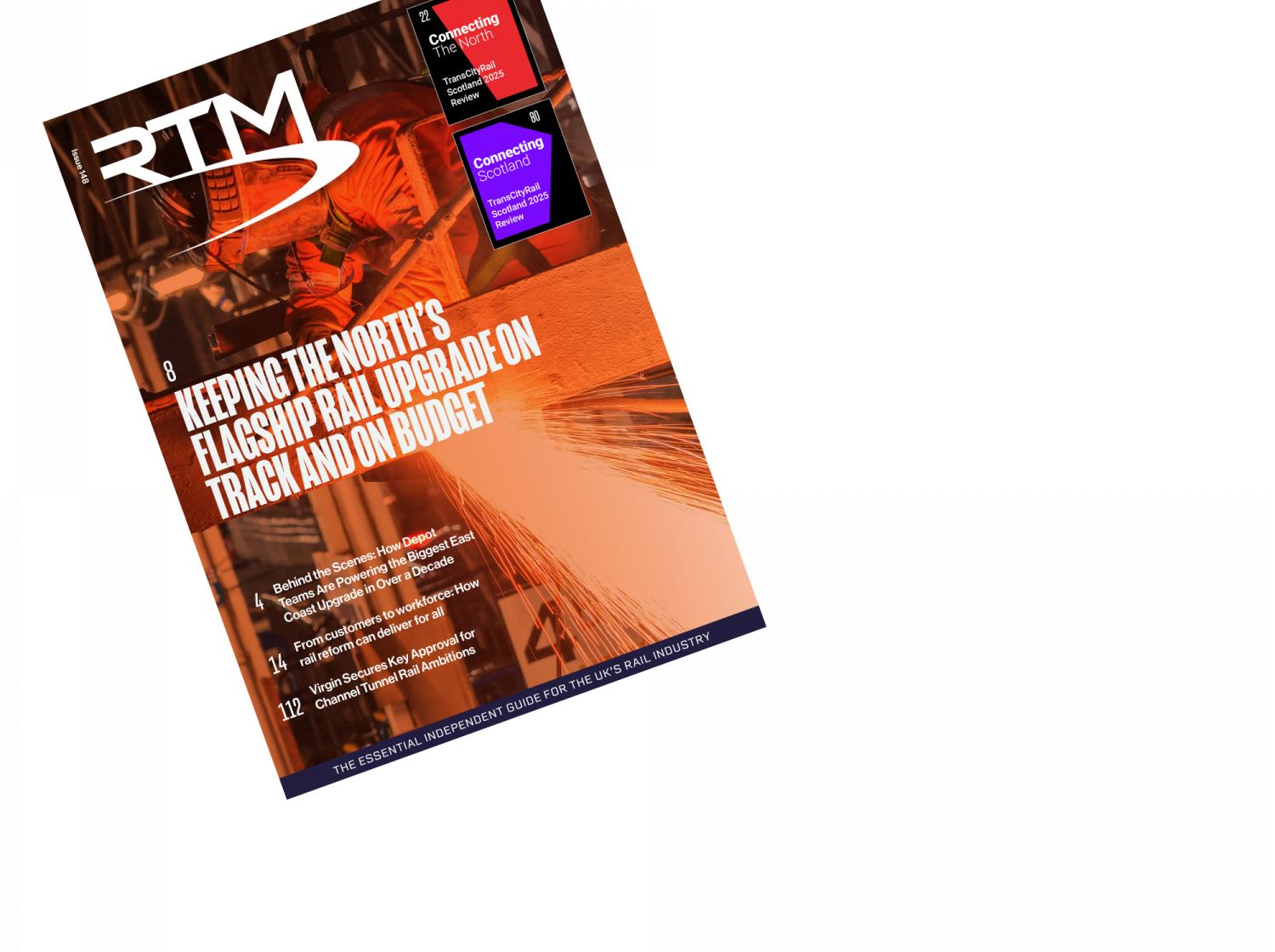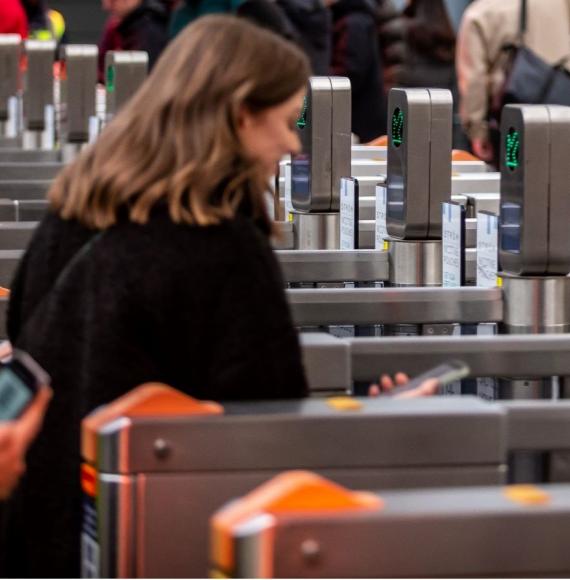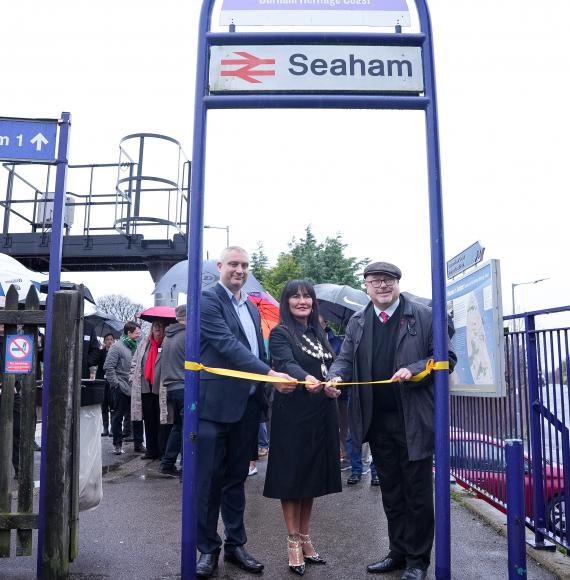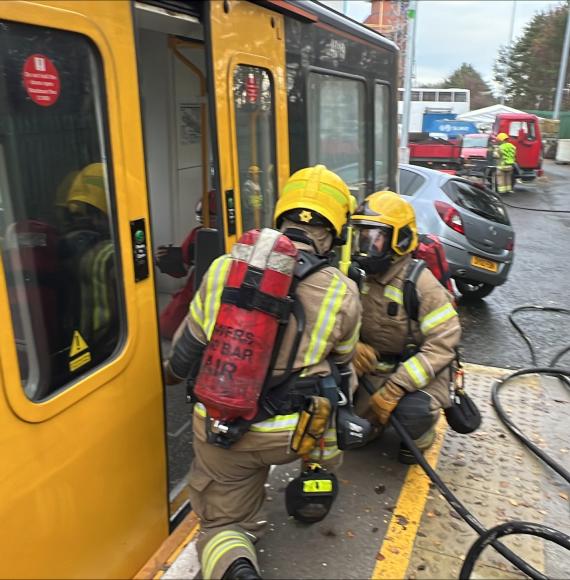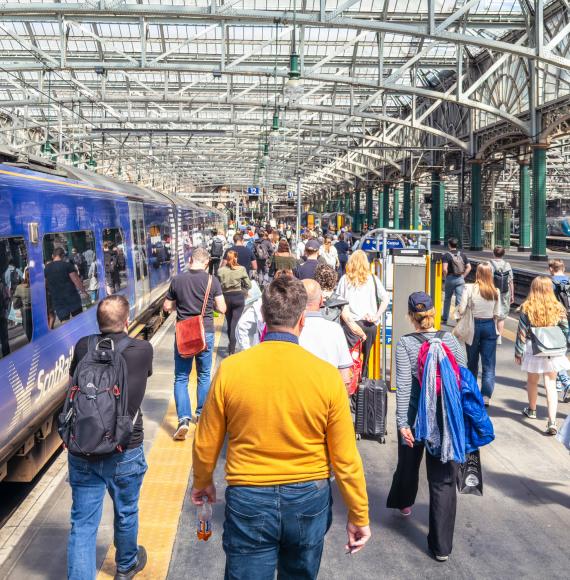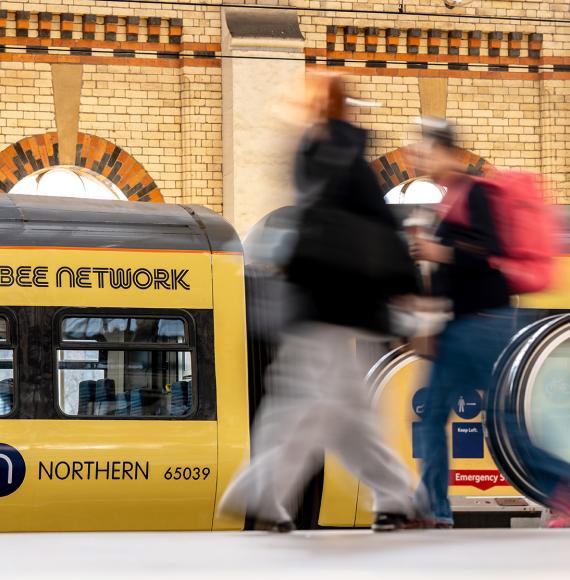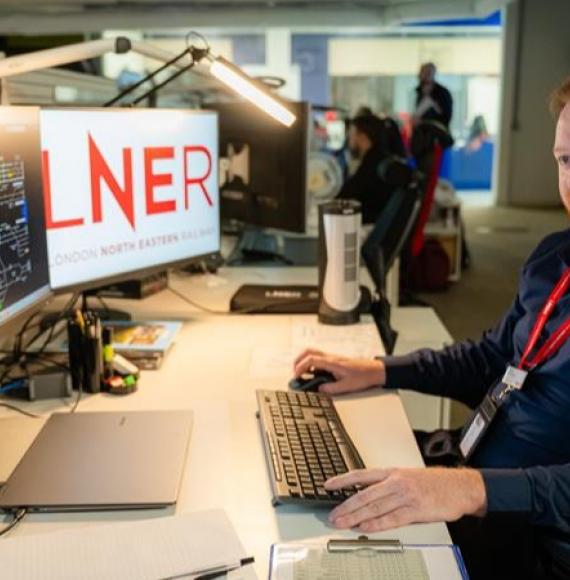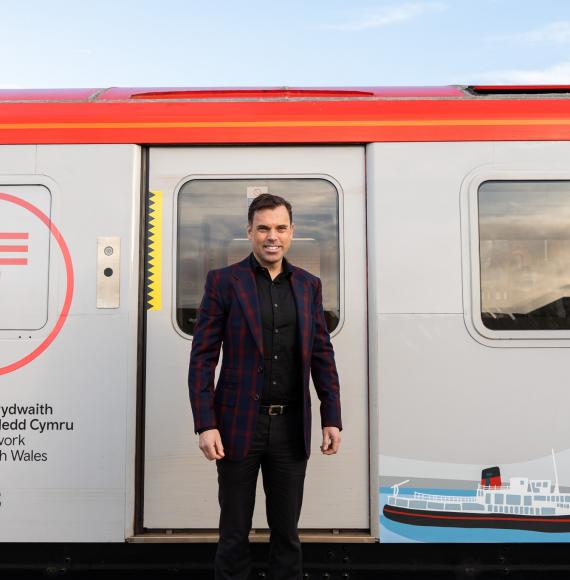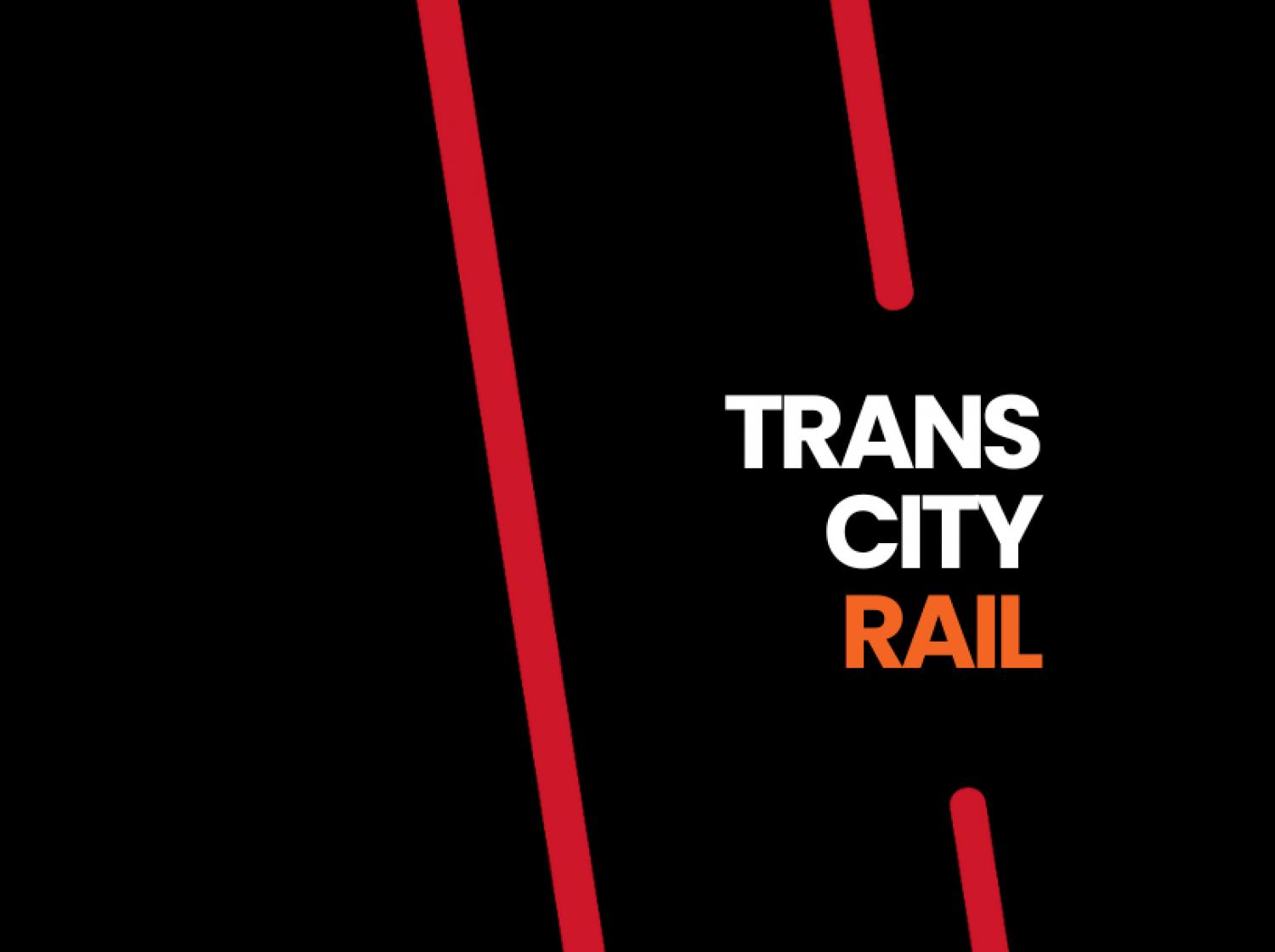Hyperloop is a newer form of ground transport, currently being explored and developed by a number of companies.
It could see freight and passengers travelling as high as 760mph (1,220 km/h), in a ‘floating’ pod which shoots through giant, low-pressure tubes, either above or below ground.
Hyperloop technology seeks to modernize the world’s current transportation infrastructure, through integrating climate-resilient hyperloop systems.
One company in the race of the development is Virgin Hyperloop, whose system includes magnetic levitation, much like other technology used in advanced-high speed rail projects in Japan and Germany.
Last year, they trialled their first ever journey in the dessert of Nevada, which included 2 passengers, travelling the length of a 500m test track in 15 seconds, reaching 107mph (172km/h). But this is only a fraction of the company’s ambitions.
How does it work?
The technology consists of removing two things that slow down regular transport: friction and resistance. Therefore, the pod must hover above its track, consequently making hyperloop similar to a magnetic levitation (maglev) train.
Hyperloop technology uses two sets of magnets, one set to repel and push the train off the track and another to move the floating train ahead, taking advantage of the lack of friction, without traffic or environmental influences.
The technology could therefore be used to remove pressure off gridlocked roads, making travel between cities much easier and as a result, potentially unlocking massive economic benefits.
Hyperloop technology is still in the early stages of its development and only a handful of companies are currently properly looking into it. But the concept has been around for many years, and was raised again in 2013 by Elon Musk.
Hyperloop vs Maglev
With no wheels, maglev trains offer maximum speeds of around 500km/h compared to 360km/h for high-speed rail. The train is supported by either electromagnetic attraction or repulsion. To get from London to Manchester, this offers a time saving of around 15 minutes, but there are major costs associated with maglev infrastructure.
Hyperloop is an evolution of maglev trains that operates inside an airless tube, very similar to pneumatic tube systems, and could possibly be cheaper, quicker and easier to manufacture. However, more evidence is needed to support this claim and because it is so new, it is unclear what the exact economic details might look like in the future.
The environment
Hyperloop technology is extremely energy efficient, environmentally clean and could play a key role in helping achieve the Green Deal’s climate-neutrality objective.
Transport is responsible for about 25% of global C02 emissions, and long-distance travelling accounts for a significant and increasing part of the milage of person travel and respective environmental impacts.
Depending on whether transport is undertaken above or below the ground, hyperloop transportation will decrease energy consumption and either significantly reduce, or potentially eliminate C02 emissions.
Although hyperloop technology could potentially play a crucial role in helping build towards a much greener future, its biggest weakness, like maglevs, is that it cannot currently take advantage of the existing vast network of railroads, in big cities and small-town main streets worldwide. High-speed rail systems are extensions of these existing networks, which is what makes them so successful.
Rail
Rail is already the most energy efficient way for freight transportation. Although hyperloop technology would best environmentally benefit other transport modes such as air or road travel, rail could still use hyperloop technology to its advantage. For example, being able to transport freight at much quicker speeds to further locations, whilst also being able to carry and deliver more goods.
What next?
A lot is still yet to be explored surrounding this new type of technology, but with many companies starting to show some interest, it is definitely a potentially greener way of looking at the future of cargo and human transportation.
Another company developing this technology is the US research and development company Hyperloop Transportation Technologies (HyperloopTT) and Hamburger Hafen und Logistik AG (HHLA), and they will be presenting a “virtual reality demonstrator” for their HyperPort concept at the ITS World Congress in Hamburg from October 11 until October 15 2021.
The company joined the United Nations Global Compact in 2018, and Hitachi rail have also recently invested in them.
The individual HyperPort transport capsules provide room for two 20-foot or one 40 to 45-foot standard or high cube container, and can reliably, efficiently and safely move up to 2,800 containers a day.
Project Manager HyperPort at HHLA, Gerlinde John, explained “at HHLA, we know that to operate for the future you must innovate,”
“The Hyperloop technology is suitable of taking the transport of goods to a new level. With the HyperPort concept, we are developing an alternative solution to existing transport systems for the goods transport of the future in a fast-growing global market.”

